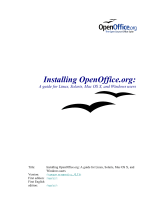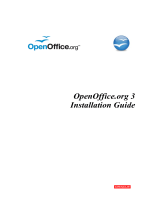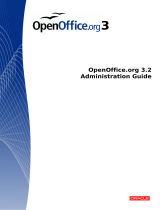
Contents
Edition notice...............................................................................................2
Introduction to the network scan driver.......................................................5
Installing the network scan driver.............................................................................................................5
System requirements..........................................................................................................................................5
Supported operating systems.............................................................................................................................5
Installing on Fedora, Linpus Linux, SUSE Linux, Linux openSUSE, Red Hat Enterprise Linux, or Red Flag
Linux ..............................................................................................................................................................5
Installing on Debian GNU/Linux or Ubuntu Linux...............................................................................................6
Checking if the network scan driver is installed........................................................................................6
Scanning using a network printer..............................................................................................................6
Removing the network scan driver...........................................................................................................6
Scanning......................................................................................................7
Scanning using applications.......................................................................................................................7
Scanning using XSane..........................................................................................................................................7
Scanning using OpenOffice.org...........................................................................................................................7
Scanning using GIMP ..........................................................................................................................................8
Scanning using a terminal window .....................................................................................................................8
Scanning multiple pages............................................................................................................................8
Scanning both sides of a page.................................................................................................................10
Canceling a scan......................................................................................................................................11
Adjusting scan settings............................................................................................................................12
Adjusting scan settings using XSane or OpenOffice.org ...................................................................................12
Adjusting scan settings using scanimage ..........................................................................................................13
Setting default scan options .............................................................................................................................17
Troubleshooting.........................................................................................18
Printer scans the page, but image is not displayed on the computer.....................................................18
Printer stops scanning or prints a “Profile scan failed” page..................................................................18
Disable any firewall application ........................................................................................................................18
Open the required scanning ports (tcp: 9751-9760) ........................................................................................18
Accept the device certificate ............................................................................................................................18
Enter a valid scan job login ...............................................................................................................................18
Only one page is displayed on the computer..........................................................................................19
Printer not compatible............................................................................................................................19
SANE does not recognize the network scan driver.................................................................................19
Contents
3

























